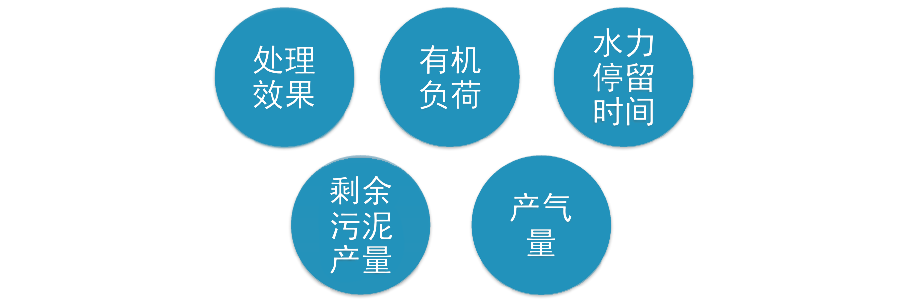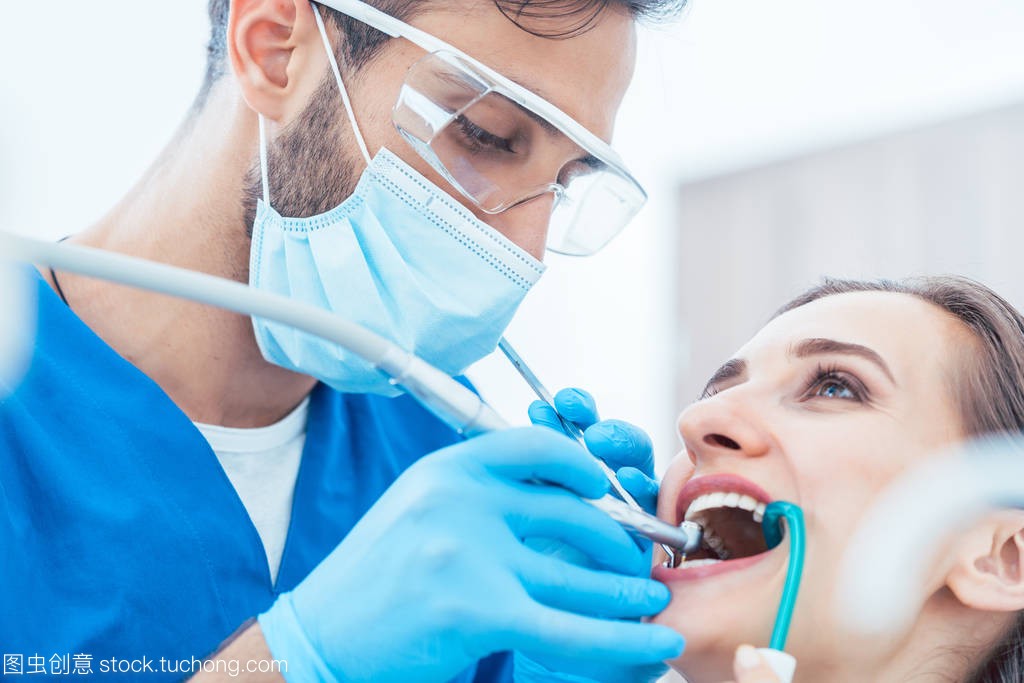厌氧生物处理工艺的运行管理
-
在消化池进行正式投产运行之前,需要进行清水试验,用以检查消化池本身是否存在漏水、漏气的问题;
-
随后就可以向消化池中投放接种污泥,接种污泥通常来自于已经成功运行的消化池中的污泥,投放之前要采用滤网(2*2或5*5mm)进行过滤。
-
接种污泥投放之后,就可以少量的投加浓缩后的生污泥;
-
对产气量、沼气的成分、pH、上清液的VFA(挥发性脂肪酸)等指标进行检测;
-
消化池正常运行后,就可以逐步增加投泥量,经过50~60天就可以达到设计时的负荷。
-
使用污泥启动,培养出颗粒污泥,通常需要1~3个月的时间一般分为启动期、颗粒污泥形成期和颗粒污泥成熟期;
-
对于接种污泥,通常采用厌氧污泥消化池中的厌氧污泥;
-
培养过程中要求水温,pH等环境条件要稳定;
-
反应器中的污泥负荷需要控制在0.05~0.1kgCOD/(kgSS·d),容积负荷则要小于0.5kgCOD/(m³·d);
-
VFA浓度需要保持在一个较低的浓度;
-
为了淘汰部分絮状污泥,表面水力负荷要大于0.3m³/(㎡·d);
-
进水中可以适当的提供无机颗粒(钙、铁等),必要时适当补充微量金属元素(镍、钴、钼等),促进产甲烷菌的生长;

颗粒污泥的形状多种多样,呈现出球形、卵形、丝状等;
-
平均粒径1mm,粒径通常在0.1~2mm之间,最大的也能达到3~5mm;
-
颜色多为黑色、灰色和灰白色,也会出现黄色或铁红色。

Recommended Posts
-
In recent years, the hygienic condition of dental unit waterline (DUWL) has gradually received attention in China. At the same time, many local standards have been introduced. For example, Beijing issued "DB11/T 1703- 2019 Technical Specifications for Waterway Disinfection of Oral Comprehensive Treatment Units" on December 25th, 2019, while Zhejiang Province issued "DB33/T 2307-2021 Technical Specifications for Cleaning and Disinfection of Dental Waterway Systems" on January 29, 2021. In fact, various countries in the world have begun to pay attention to issues related to waterway pollution in dental treatment units much earlier, and have made relevant specifications. This article summarizes the standards of various countries in this regard as follows: Foreign standards related to the waterway of dental treatment units In 1996, the American De...




comment